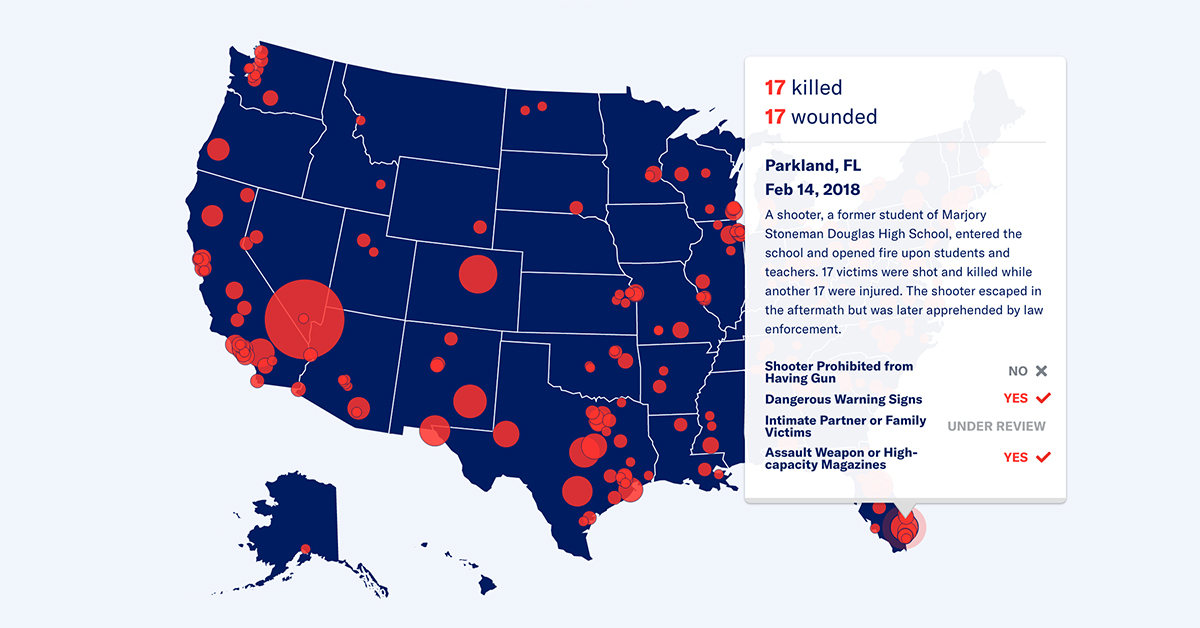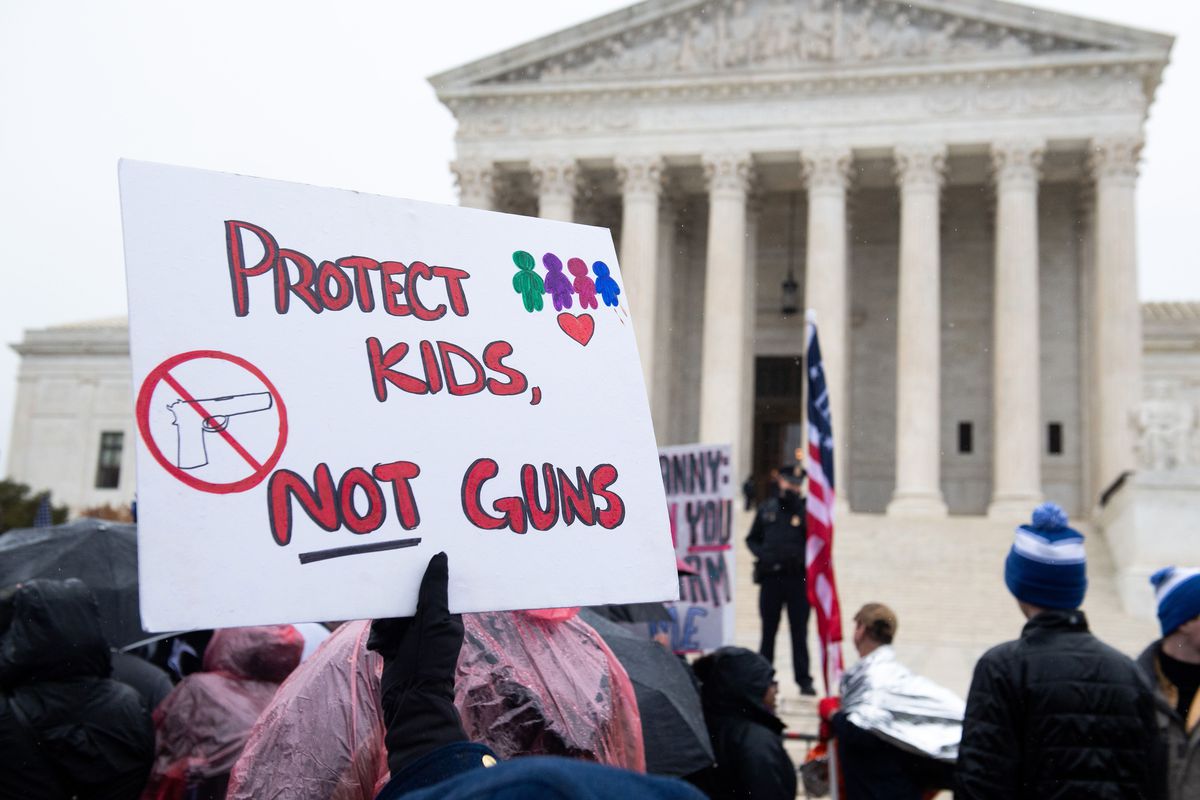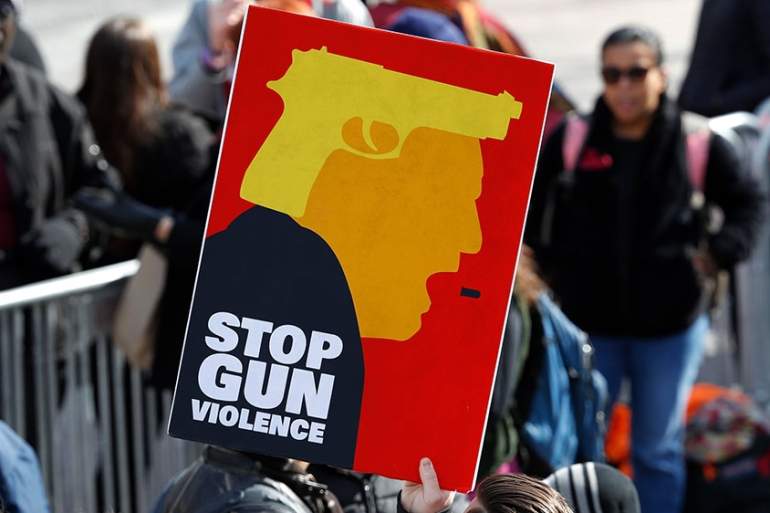By Anna Tsekani,
It is easily accepted that history is a major component in every society, civilization, or state. Every generation though suffers to some degree from historic amnesia. However, when the history of a major political tradition, along with the assumptions and passions that forded it, is forgotten, it boomed extraordinarily difficult to understand or evaluate its legacy. The debate over the meaning of the right to bear arms should focus primarily on a first-order question: does the right to bear arms protect an individual’s right of protection or defending or a collective right of states to maintain militias free from federal interference?
The right to bear arms might appeal as an institution in the United States of America since time immemorial. The Second Amendment to the Constitution of the United States was adopted in 1791 as a part of the Bill of Rights and, since then, it has generated heaps of reactions and debates. “A well-regulated Militia, being essential to the security of a free State, the right of the people to keep and bear Arms, shall not be infringed,” says the Second Amendment. Individuals have the right to carry and use arms for self-defense in modern times as a result of this. After much debate, the Supreme Court cited the Second Amendment as enshrining the duty of individuals “to defend our government against all enemies whenever the necessity arises” and holding that “the common defense was one of the purposes for which the people ordained and established the Constitution”.

Although, until 2008 the Supreme Court of the United States had never taken seriously into consideration the Second Amendment and its constitutional spectrum. Taking into consideration the emphasis that has been given to the militia, has been proffered as evidence that the right to arms was only a “collective right” to defend the state, not an individual right to defend oneself. What happens though when the rights of defending oneself or a group of people lead to depriving other people’s freedom and more specifically their freedom of living. It is no coincidence that according to the Small Arms Survey, the United States of America beholds first place in the top 10 civilian gun owing countries.
On top of that, in 2020, 43% of the deaths — amounting to 19,384 people — were homicides, according to data from the CDC. The result indicates a 34% increase from the previous year and a 75% increase over the preceding decade. According to the data, a firearm kills nearly 53 people per day in the United States. The data also shows that weapons were used in the great majority of homicides (79%). The “I Hate Mondays Case” is well-known among most Americans.
This case concerns the first mass shooting ever occurring in an elementary school. The Cleveland Elementary school shooting took place in San Diego and the perpetrator was a 16-year-old girl, called Brenda. Brenda’s upbringing was far from ideal since she lived in conditions of poverty and was a victim of sexual assault by her own father. Apart from these facts, the girl had access to a gun and one Monday decided to target the nearby school to decompress her anger. As a result, we had the first two killings of mass school shootings and a plethora of injured students. When asked about this specific incident, she responded “I Hate Mondays”.

This case was, unfortunately, the jumpstart of a chain of similar incidents with the most recent one, being on June 1st, 2022, in Oklahoma. The chart of the site “Gun violence archive” is being updated almost every week, which shows that maybe the right to bear arms is not being used as a defense mechanism, but mostly as a vengeance utilization.
We also could not forget the incidents of police violence in the USA where the specific data of victims could not be concrete. According to The Economist, more than 1,000 people are killed by police in the United States each year, and at least 11 people were killed, hundreds were injured, and almost 10,000 were arrested around the country during the protests for George Floyd’s unjust death. The case, and particularly the statute, is paradoxical in that it serves to defend the state.
The paradox of the case and especially of the law is that it works in defense of the state. However, the law should defend and operate the interest and especially the safety of the citizens, a fact that is missing from the American community. The data on the consequences of the right to bear arms it should serve as circumstantial evidence of the ineffectiveness of the law and prevent future incidents. There is no more tangible proof than the numerous incidents in several states of the US Such incidents should be a thing of the past as they are not consistent with a democratic state.
References
- Mass Shooting in America, Everytownresearch.org, Available here
- Gun Violence Archive, Gunviolencearchive.org, Available here
- America’s gun culture – in seven charts, bcc.com, Available here
- The right to bear arms: what does the second amendment really mean?, Theguardian.com, Available here
- Second Amendment, Britannica.com, Available here




